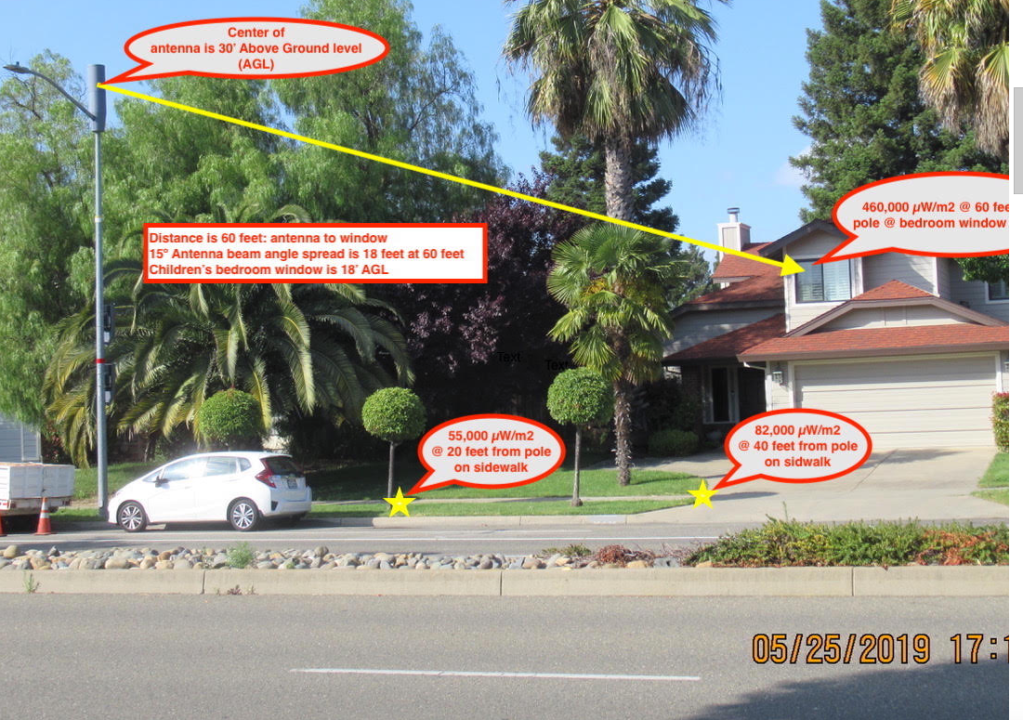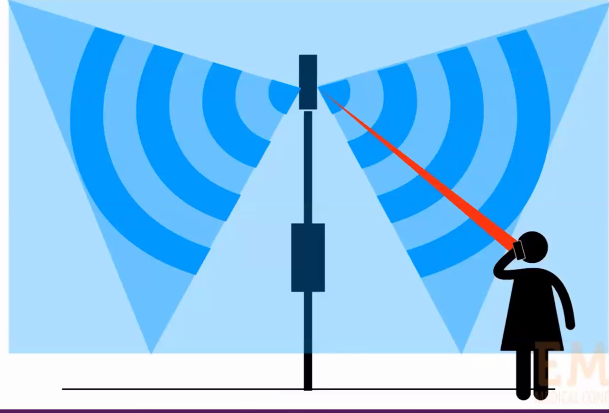There has been a ton of news in the past two or three months on the rising value of real estate across the country. According to Zillow, United States home values have gone up 11.6% over the past year and Zillow predicts they will rise 11.8% in the next year. Many prognosticators are not expecting a slow down any time soon. A combination of lifetime low mortgage rates along with a clash of competition between the two largest generations of homebuyers in American history—Millennials looking for their first home purchase and Baby Boomers looking to downsize—has helped fuel demand and increased prices.
Moreover, COVID induced lockdowns along with employer encouraged options to remotely work, have prompted many people to relocate from large cities to smaller ones or from cities to suburbs or even to rural areas in search of space and safety. The result is that markets like Coeur d’Arlene, Idaho or Billngs, Montana or Tupelo, Mississippi are on fire.
At some point housing markets quiet down. They always do. But past real estate studies suggest that the roll-out of 5G might actually contribute toward bringing these trends to a halt, or even begin to reverse some of the gains homeowners are now seeing in their own home’s value. Here’s the lowdown.
5G technology is based on new much shorter wavelengths of microwave technology not used in cell phone communications heretofore. Unlike current cell phone technology, these waves are pulsed, travel very short distances, are much more directional, and more easily obstructed by buildings and trees. They therefore require the installation of a vastly greater number of transmitting devices installed much closer to our homes to function properly. According to two estimates I read yesterday, an additional 250,000 to 330,000 new “mini-cell phone towers” will need to be installed around the country over the next three years, doubling the current amount, to make 5G work. Here is an example of what these new transmitting devices look like (along with some EMF measurements that we’ll ignore for now) and their proximity to a typical home:

The 5G iteration of cell phone technology does not require any new large, tall, stand-alone towers; but does require the addition of hundreds of thousands of these smaller (AND MORE POWERFUL) transmitters that use multiple targeted beams called Massive MIMO—which stands for multiple input multiple output—to spotlight and follow users around a cell site. Graphically, it looks like this:

The days of us living a quarter-to a half-mile away from the nearest cell phone tower that operates like a floodlight illuminating a whole area will still remain with us since 5G is an addition to our existing 4G network of transmitters, not a replacement. But the roll-out of 5G also necessarily means that this new generation of transmitters is coming to your neighborhood, to your block, atop street lights and alley utility poles and even private property spaced approximately 250 feet apart or more densely if needed, beaming their signals much more directly onto the sidewalks where we walk our dogs and our children play and into the bedrooms where we sleep and the body does its best to rejuvenate and recuperate. (see this 5 minute video as an example: https://www.youtube.com/watch?v=61h_vuBujw0)
I live in Chicago, and the roll-out of 5G is analogous to having two or three new mini cell phone towers like the one shown above with their stronger more focused signal on every Chicago block, beaming their signals direct from alley utility pole into your bedrooms and backyards.
Now here’s the kicker: The real estate community knows that proximity to cell phone towers (and even larger electrical transformers or power lines) hurts property values and a buyer’s willingness to purchase. William Gati writes in the New York Real Estate Journal “Examining invisible urban pollution and its effect on real estate value in New York City” (September 2017):
- “Understanding EMF values of business and residential locations is relatively new for the real estate industry. Cell phone towers bring extra tax revenue and better reception to a section of the city, but many are skeptical because of potential health risks and the impact on property values. Increasing numbers of people don’t want to live near cell towers. In some areas with new towers, property values have decreased by up to 20%.”
From REALTOR® Magazine “Cell Tower Antennas Problematic for Buyers” (July 2014):
- 79 percent said that under no circumstances would they ever purchase or rent a property within a few blocks of a cell tower or antennas, and almost 90 percent said they were concerned about the increasing number of cell towers and antennas in their residential neighborhood.
And finally, from a 2014 Survey by the National Institute for Science, Law and Public Policy (NISLAPP) in Washington, D.C., “Neighborhood Cell Towers & Antennas—Do They Impact a Property’s Desirability?”
- Home buyers and renters are less interested in properties located near cell towers and antennas, as well as in properties where a cell tower or group of antennas are placed on top of or attached to a building. 94% said a nearby cell tower or group of antennas would negatively impact interest in a property or the price they would be willing to pay for it.
So I ask: How do you think 5G’s massive increase in number of cell phone transmitters and proximity to our homes will affect YOUR property value? But even more importantly from my perspective, what does it mean in terms of looking for or living in a healthy home? Write me a note and let me know what you think. Or please pass along this post to neighbors if you feel it is time to stop the madness and have a neighborly discussion about this topic.
